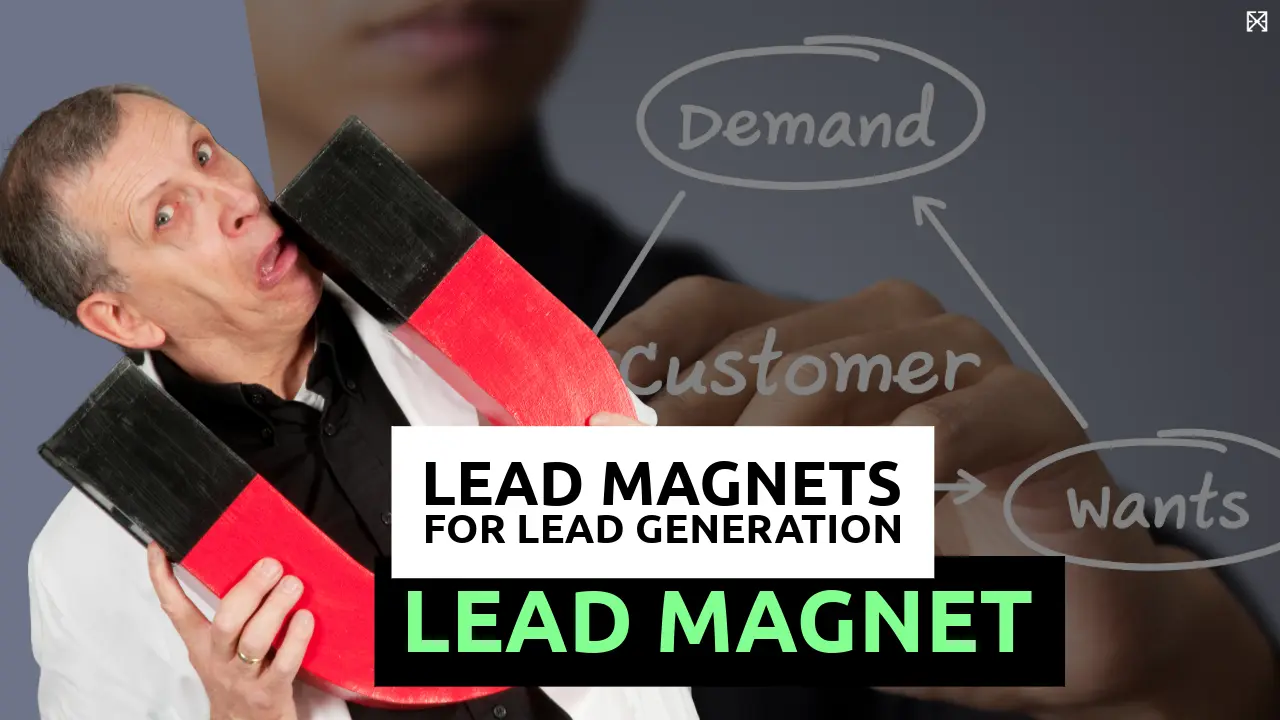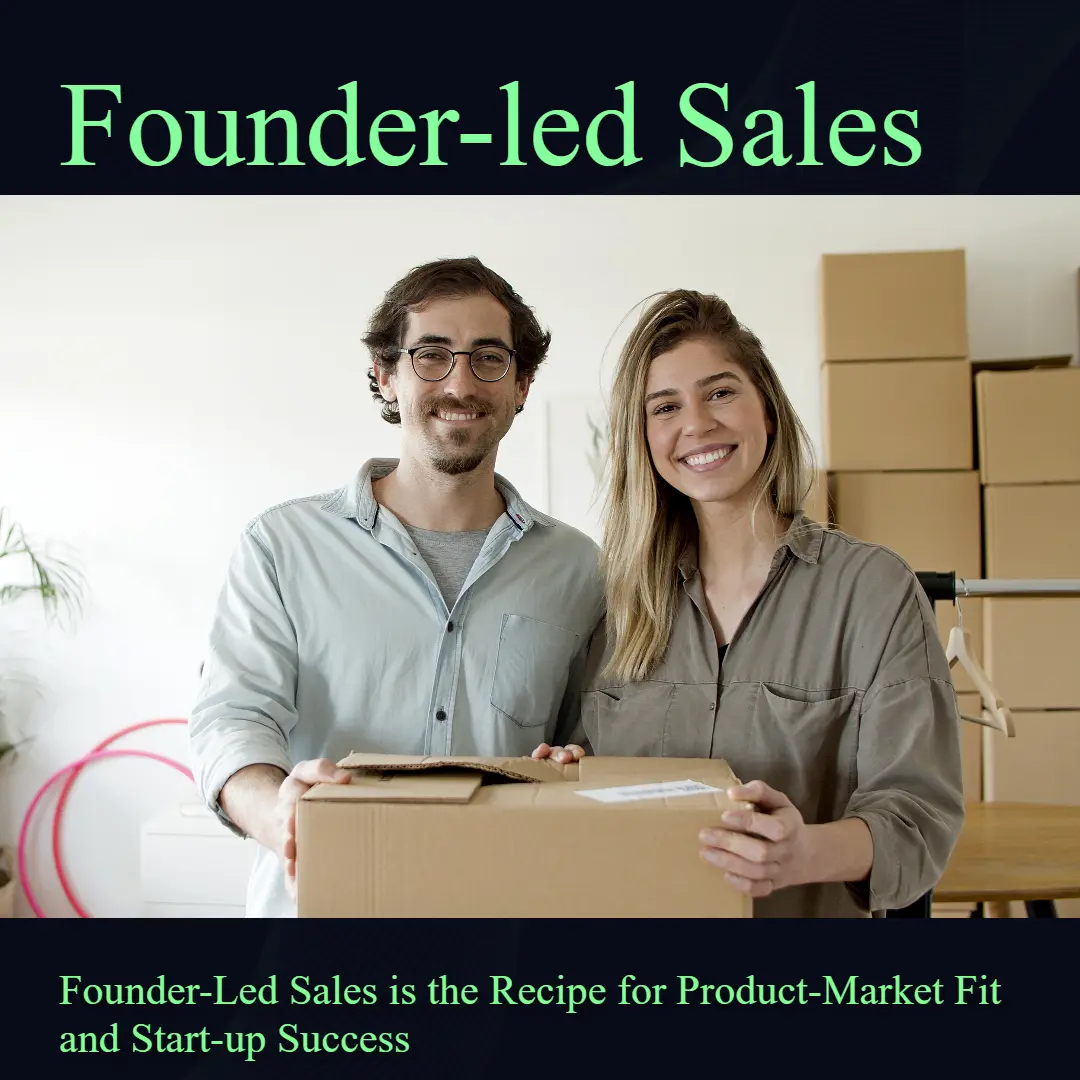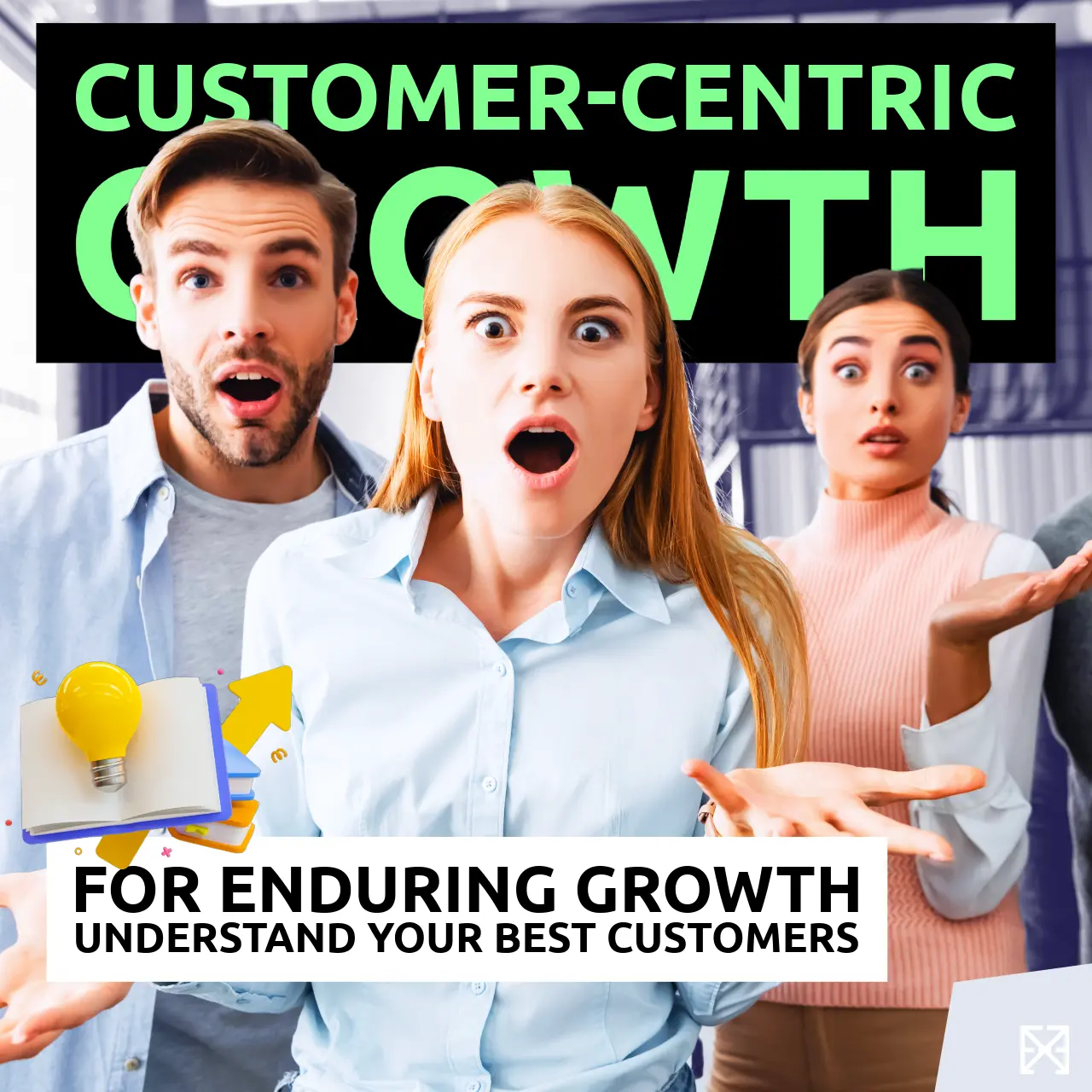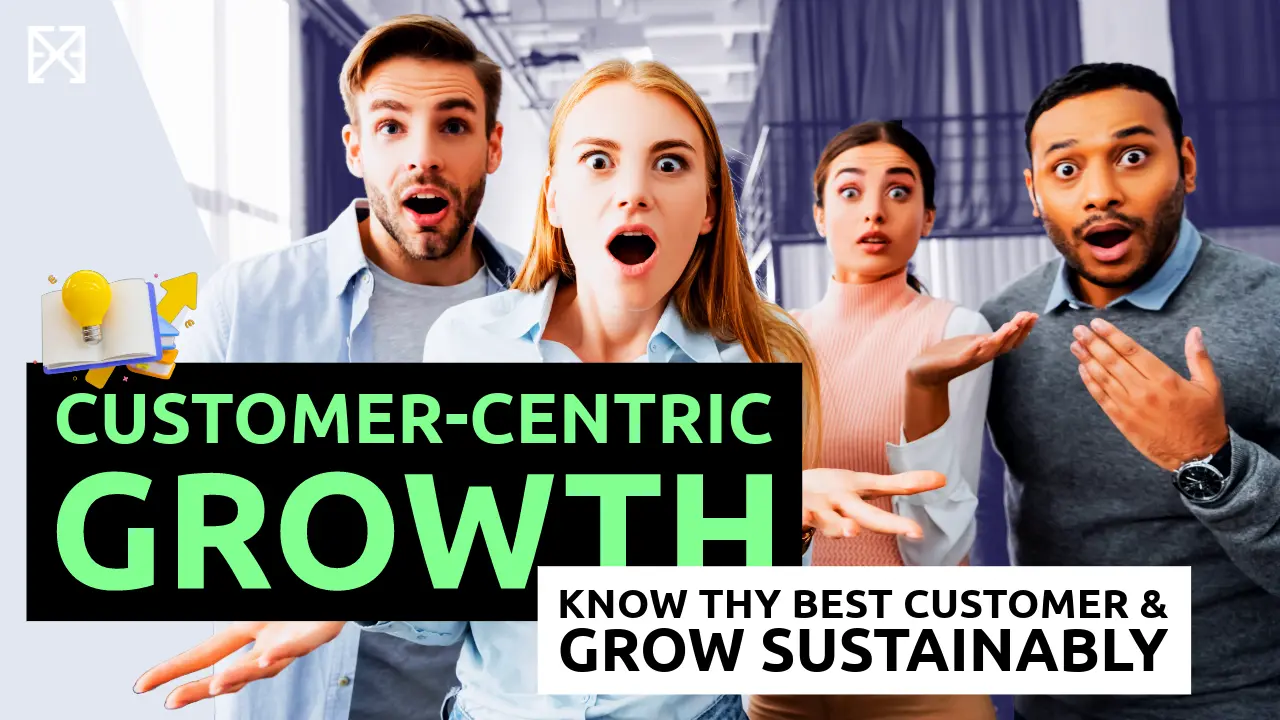The Buyer's Journey is a framework that represents the process and stages a potential buyer goes through from the initial realization of a need or problem, through the exploration of potential solutions, to the final decision to purchase a product or service.
It typically encompasses the following stages:
- Awareness: The buyer realizes they have a problem or need.
- Consideration: The buyer researches and evaluates different solutions to their problem.
- Decision: The buyer chooses a solution and makes a purchase.
- Post-Purchase: This stage is sometimes left out of the journey, but it's crucial for businesses that want to build lasting relationships with their customers. After making a purchase, the buyer might seek out support, leave reviews, or become a repeat customer.
This is a common breakdown of the Buyer's Journey. The exact number and names of these stages can vary depending on your needs i.e., some journeys include post-purchase stages, focusing on customer retention, advocacy, and repeat purchases – others don’t
To effectively market to potential customers at each stage, you need to:
- Awareness: Provide educational content that helps potential buyers understand their problems. This can be in the form of blog posts, ebooks, webinars, etc.
- Consideration: Offer comparison charts, case studies, and detailed product information to help buyers compare different solutions.
- Decision: Provide testimonials, reviews, and strong calls to action to encourage the purchase. Discounts or limited-time offers can also be effective here.
- Post-Purchase: Offer excellent customer support, ask for feedback, and provide additional resources to help the customer get the most out of their purchase.
Understanding the Buyer's Journey allows you
- to tailor your marketing and sales strategies to meet the needs and preferences of potential customers at each stage.
- to deliver the right message at the right time, increasing the likelihood of making a sale.
Let's break down the Buyer's Journey for a Restaurateur considering a direct farm-to-table service:
The Awareness Stage of the Buyers Journey
At the awareness stage, the potential buyer realizes they have a problem or need but might not yet know what the solution is.
They'll typically start by doing some initial research to understand their problem better.
The Buyers Side in the Awareness Phase
At the awareness stage, the buyer realizes they have a problem or need. They might be conducting preliminary research to better understand their problem or the industry landscape.
What is the buyer asking themselves?
"What challenges am I facing with my current suppliers? How can I improve the quality of ingredients I offer?"
Using the Restaurateur Example:
"Are my customers looking for fresher ingredients? Would sourcing directly from farms enhance the dining experience?"
The Restaurateur might be noticing that customers are increasingly asking about the origin of their ingredients or expressing a preference for local, fresh produce.
The Salespersons Side during the Awareness Phase
By aligning sales strategies with the Buyer's Journey, salespeople can effectively address the buyer's needs and concerns at each stage, leading to a higher likelihood of closing the sale.
Taking the application perspective of the salespeople, especially those representing the farm-to-table service:
What should we be asking?
"What challenges or needs led you to explore new options?"
Using the Restaurateur example, we could ask:
- Have you noticed any shifts in customer preferences regarding food sourcing or ingredient freshness?
Actions we should be taking
Focus on educational content and outreach. Offer webinars, write articles, or provide resources that help potential buyers identify and understand their challenges.
In the Restaurateur case study we could engage in outreach to local restaurants, perhaps by offering a tour of the farm or sending samples of the produce and delicatessen products that highlight the freshness and quality of farm-to-table offerings.
The Consideration Stage of the Buyers Journey
Once the buyer has a clear understanding of their problem, they'll research potential solutions. This could involve looking into different types of products, services, or methods to address their need.
The Buyers Side in the Consideration Phase
The buyer is actively seeking out and evaluating different solutions to their problem. They might be comparing various options, reading reviews, and seeking expert advice.
What is the buyer asking themselves?
"What are the potential solutions to my problem? Which one best fits my needs and constraints?"
**Using the Restaurateur Example:
**"Would direct farm sourcing be feasible logistically? Which farms offer the best quality produce and deli items for my restaurant's needs?"
The Restaurateur might be researching different local farms, understanding the logistics of direct sourcing, and even visiting a few farms to see the quality of produce.
The Salespersons Side during the Consideration Phase
From the perspective of the salespeople,
What should we be asking?
"How do you envision the ideal solution to your problem? What criteria are you using to evaluate options?"
Using the Restaurateur example, we could be asking:
- What qualities are you seeking in a farm-to-table supplier?
- Are there specific produce items or delicatessen products you're particularly interested in?
What are the actions we should be taking?
Provide detailed information on the product or service, offer case studies or testimonials, and be available for in-depth discussions or demos.
In the Restaurateur case study the actions we should take would be arranging tastings for the Restaurateur, provide detailed information on sourcing practices, highlight the benefits of direct sourcing, and share success stories from other restaurants.
The Decision Stage of the Buyers Journey
At this point, the buyer has likely narrowed down their options and is ready to make a purchase. They might be comparing specific brands, reading reviews, and looking for the best deals.
The Buyers Side in the Decision Phase
In the decision stage, the buyer is finalizing their choice and is prepared to make a purchase or commitment. They might be seeking out the best deals, reading final reviews, or negotiating terms.
What is the buyer asking themselves?
"Have I made the best choice? Is this solution worth the investment?"
Using the Restaurateur Example:
"Will this farm-to-table shift be beneficial in the long run? How will it impact my restaurant's operations and branding?"
The Restaurateur might be finalizing agreements with a farm, discussing delivery schedules, and considering any changes needed in the kitchen or menu.
The Salespersons Side during the Decision Phase
Taking the perspective of the salespeople,
What should we be asking?
"Is there any additional information or clarification you need to make your decision?"
In the Restaurateur’s case, we could be asking:
- How can we make the transition to our service seamless for your restaurant?
- Are there specific terms or delivery schedules you'd like to discuss?
Actions we should be taking
Provide final offers or incentives, ensure all questions are answered, and streamline the purchase process.
In the Restaurateur case study we could offer a trial period or introductory pricing, provide a dedicated point of contact for any queries, and ensure a smooth onboarding process, including reliable delivery schedules and quality checks.
Conclusion
The Buyer's Journey is not a new concept: This step-by-step process captures a potential buyer's transition from identifying a need to making a purchase. For salespeople, mastering the nuances of each stage can be the difference between a missed opportunity and a sealed deal.
For salespeople, grasping the Buyer's Journey is not merely about making a sale; it's about forging lasting relationships by addressing the buyer's needs at every turn. It's a dance of understanding, empathy, and strategic action.
Understand your buyer's journey. Anticipate their questions, meet their needs, and always be one step ahead.
How does the Buyer's Journey differ from the Customer Journey?
While both terms are sometimes used interchangeably, they have distinct meanings.
The Buyer's Journey specifically refers to the process a potential buyer undergoes from realizing a need to making a purchase decision.
The Customer Journey, on the other hand, is broader and encompasses the entire experience a customer has with a brand, from initial awareness through post-purchase interactions, including aspects like customer service and loyalty programs.
Are all stages of the Buyer's Journey equally important for every industry or product type?
While the stages of the Buyer's Journey are universally relevant, their emphasis might differ based on the industry, product complexity, or buying cycle length.
For instance, a high-ticket item like enterprise software might see a longer consideration phase compared to an impulse buy product. Tailoring strategies to the specific nuances of each stage for your industry or product is crucial.
How has the rise of digital marketing and the internet impacted the traditional Buyer's Journey?
Buyers are now more informed, often conducting extensive online research before even engaging with sales. This means the awareness and consideration phases have expanded, with a plethora of digital touchpoints.
Moreover, with the ease of online reviews, post-purchase experiences are more influential than ever in shaping future buying decisions.
How can businesses identify where a potential customer is in the Buyer's Journey?
Businesses can use various tools and indicators. For instance, the type of content a potential customer engages with can be telling — someone reading a beginner's guide might be in the awareness stage, while someone comparing product specs is likely in the consideration phase. Analytic tools, CRM systems, and direct customer feedback can also provide insights.
Can the Buyer's Journey be shortened or expedited through certain strategies?
Yes, certain strategies can expedite the journey. Streamlined website navigation, retargeting ads, effective CTAs, and special offers can move buyers quickly from awareness to decision.
However, it's essential to ensure that in the process, the buyer feels informed and confident in their decision, ensuring long-term satisfaction and loyalty.
How do businesses handle potential buyers who drop off or abandon the journey midway?
It's not uncommon for potential buyers to pause or abandon their journey.
Businesses can employ strategies like retargeting ads, email follow-ups, or limited-time offers to re-engage them.
Understanding the reasons for drop-offs, whether it's pricing concerns, lack of information, or external factors, can help tailor re-engagement strategies effectively.









